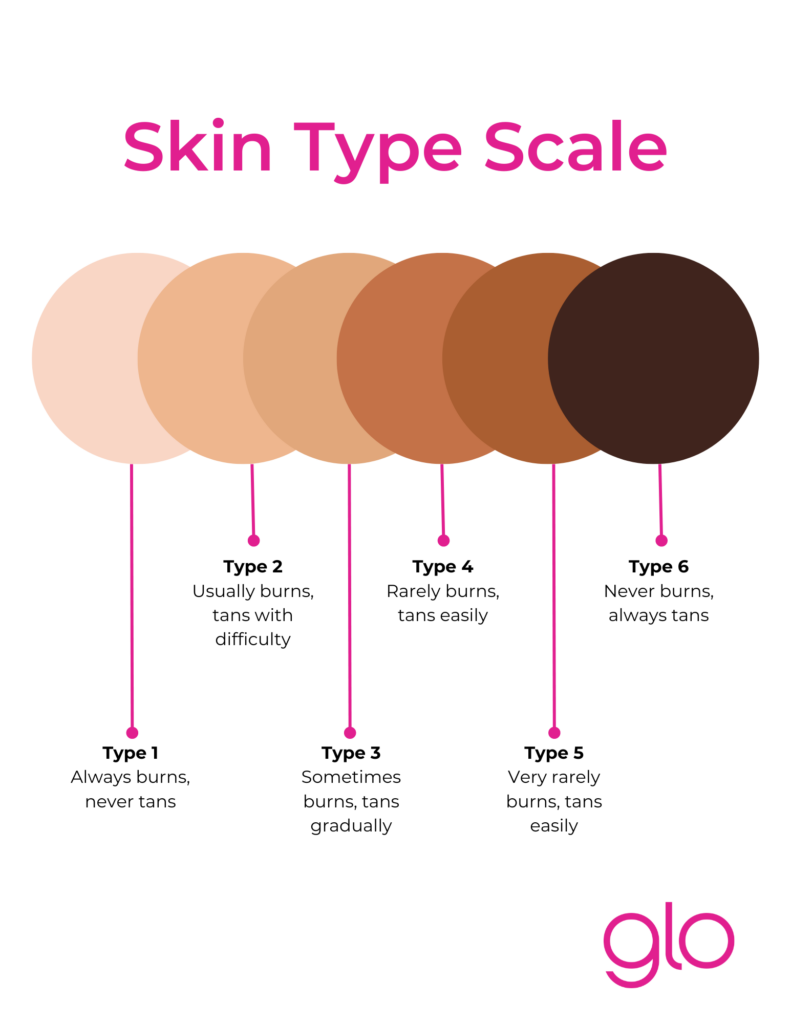Achieving the perfect sunbed tan isn’t just about hopping into the tanning bed and hoping for the best. It’s the small steps that make all the difference between a flawless, golden glow and a patchy, uneven tan. These steps are straightforward, but they often get overlooked in the rush to get that sun-kissed look. Whether you’re a first-timer or a seasoned sunbed user, the tips we’re about to share are game-changers.
Prepare Your Skin
This preparation lays the foundation for a smooth, even tan that will last longer and look better. Hydrated skin tans better and holds the color longer. Here’s how to keep your skin moisturized:
- Pick the right moisturizer: Opt for a non-oily, lightweight moisturizer that won’t clog your pores. It’s essential to select a formula that also hydrates your skin deeply while being compatible with UV tanners, ensuring your skin remains nourished and protected.
- Apply generously: Pay special attention to those rough areas you focused on during exfoliation.
- Daily Routine: Make moisturizing a daily habit, not just a pre-tan ritual. Well-hydrated skin will always tan more evenly and look healthier. You should hydrate twice a day, in the morning and at night, to achieve the best results.
Use Tanning Lotions
Tanning lotions are your secret weapon for achieving a deeper, more even tan. These specially formulated products do more than just enhance your color; they also nourish and protect your skin. One key ingredient to look for is tyrosine, which helps to speed up the tanning process, ensuring you get the maximum benefits from each session.
When selecting a tanning lotion, it’s essential to choose one that suits your skin type and tanning goals. There are a variety of options, from bronzers that provide an instant color boost to accelerators that enhance your natural tanning process.
Applying tanning lotion correctly is just as important as choosing the right one. Make sure to apply it evenly over your entire body, paying special attention to areas that tend to tan unevenly, like your elbows, knees, and ankles.
Know Your Skin Type
Skin types generally range from very fair (Type I) to very dark (Type VI), and each requires a unique strategy to tan safely and effectively. For instance, fair-skinned individuals tend to burn more easily and might need shorter, more gradual tanning sessions, while those with darker skin can usually tolerate longer exposure times.
Your skin type not only dictates how quickly you tan but also how you should protect your skin. For instance, fair-skinned people should be extra vigilant about moisturizing to avoid burns and peeling.
On the other hand, those with darker skin can focus more on products that enhance the depth of their tan. Knowing your skin type helps you make informed choices, ensuring you get a beautiful tan without compromising the health of your skin.
If you have fair skin and freckles, make sure to read this tanning guide.
Wear Protective Gear
While getting that perfect tan is the ultimate goal, it’s crucial not to overlook the importance of protecting sensitive areas of your body during your sunbed sessions.
Goggles
Wearing goggles is non-negotiable when using a sunbed. Always make sure your goggles fit snugly and cover your eyes completely. They should be comfortable enough to wear for the duration of your session without causing any discomfort.
If you wear contact lenses, it’s a good idea to remove them before tanning, as the heat from the sunbed can cause them to dry out and become uncomfortable.
Lip Balm
Opt for a lip balm that contains a high SPF to provide adequate protection. Apply it generously before your tanning session and reapply as needed. Not only will this prevent your lips from becoming dry and chapped, but it will also protect them from potential sunburn.
Tips for Tanning Schedules for a Perfect Glow
A well-planned schedule ensures that you build your tan gradually, allowing your skin to adapt and develop an even, long-lasting color. Here are some key tips to help you get started.
Start Slow
One of the biggest mistakes newcomers make is diving in headfirst with long tanning sessions. This can lead to burns, uneven tanning, and long-term skin damage. Instead, start slow and gradually increase the duration of your sessions.
As your skin starts to develop a base tan, you can slowly extend your sessions by a couple of minutes each time.
If you notice any redness or discomfort, avoid tanning again until the redness has completely subsided. The goal is to build a tan gradually, allowing your skin to develop a natural, even color without the risk of overexposure.
Space Sessions
Your skin needs time to recover and regenerate between sessions, which helps maintain an even tan and prevents overexposure. Aim to space your sessions at least 48 hours apart.
For those new to tanning, starting with two to three sessions per week is a good rule of thumb. As your tan develops, you can adjust the frequency based on your skin’s response and your desired level of tan.
Want to make the most out of your tanning session? See why combining tanning bed with red light therapy helps you achieve a deeper and more even tan.
Positioning
To achieve an even tan without uneven patches or missed spots, it’s crucial not to stay in one position for the entire duration of your tanning session. Instead of rotating in your bed, rotate between different types of tanning beds.
Alternate between various lay-down tanning beds and include stand-up sessions in your routine. This method ensures that all parts of your body receive consistent UV exposure by maximizing your color and promoting a more uniform tan through varied service rotation.
Post-Tan Care
Tanning can deplete your skin of moisture, so it’s essential to replenish it to keep your skin looking smooth and radiant. Right after your shower, apply a generous amount of moisturizer to your entire body.
Don’t forget to hydrate from the inside out as well. Drinking plenty of water helps keep your skin hydrated and can enhance the longevity of your tan. Aim for at least eight glasses of water a day, and consider incorporating hydrating foods like cucumbers, watermelon, and oranges into your diet.
Use SPF Outside
Just because you’ve achieved a gorgeous tan doesn’t mean you can forgo sun protection when you’re outside. In fact, it’s more crucial than ever to protect your skin when you’re outside. Using SPF (Sun Protection Factor) is a non-negotiable step in maintaining both your tan and the health of your skin.
Choose a broad-spectrum sunscreen that protects against both UVA and UVB rays. UVA rays penetrate deep into the skin and contribute to premature aging, while UVB rays are the primary cause of sunburn. An SPF of at least 30 is recommended for adequate protection, but you can go higher if you have fair skin or plan to spend extended periods outdoors.
Enhance your sunbed experience further with these pro tips for getting an even tan every session.
Final Thoughts
Whether you’re a first-timer or a seasoned tanner, these tips are designed to help you get the most out of your sunbed sessions. By taking a thoughtful and informed approach, you can achieve a beautiful, even tan while prioritizing the health and well-being of your skin. So go ahead, follow these expert tips, and bask in the glow of your perfect tan!








